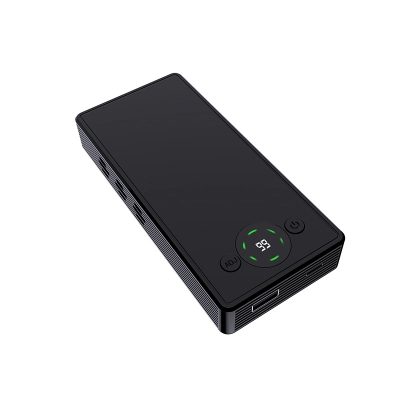Your Voice Might Already Be Duplicated—Without You Knowing
In a world where devices are always online and data flows silently, your voice may no longer be yours alone. That casual conversation over coffee? It could be secretly recorded, transmitted, or analyzed—not just by hackers across the globe, but by hidden devices right beside you.
Modern eavesdropping tools have long shed their bulky, suspicious appearances. Today, they’re disguised as everyday objects—phone chargers, smoke detectors, light fixtures, even power outlets. These devices are now smaller, cheaper, and smarter, making them nearly undetectable without professional tools.
Evolution of eavesdropping technology
From analog to digital, from wired to wireless, it is constantly updated and iterated. Traditional eavesdroppers are bulky and easy to find. But today’s devices have:
- Long-range wireless transmission capabilities, often achieved through WiFi, 4G, and 5G networks
- Voice-activated or motion-triggered mechanisms, almost silent when recording
- Highly camouflaged environments, easily integrated into daily scenes
- Can use vibration sensing technology to “listen” through glass
Even worse: your smartphone can be hijacked remotely. Malware can quietly activate its microphone without your knowledge or consent, turning your every move into a real-time data stream.
Truly Effective Counter-espionage Tactics
Privacy is not luck, but strategy. The most effective defense uses a multi-layered approach, combining smart tools, practical habits, and signal disruption technology.
1. Scan and eliminate with RF and nonlinear detection tools
Don’t expect to find hidden devices with the naked eye. To spot a micro-recorder, WiFi snooper, or disguised camera, you need a device like the G619 that:
- Identifies hidden transmitters and smart recorders
- Scans common eavesdropping bands: 88-108 MHz, 400-500 MHz, and more
- Tracks intermittent, bursty signals that regular tools often miss
- For powered-off recorders or dormant electronics, use a nonlinear junction detector (NLJD). It detects hidden circuits by scanning for nonlinear behavior in semiconductors, even when the device is not active.
2. Disrupt recording integrity with sonic technology
When you suspect you’re being recorded, don’t just stay silent—fight back with an ultrasonic jammer.
The latest generation of recording jammer use the following technologies:
- Directional sound wave projection, focused sound waves interfere with microphone pickup, protecting designated areas from being recorded
- Voice frequency confusion, distorting recognizable sound patterns
- Adaptive frequency hopping, intelligently adapting to different equipment pickup technology
Devices like the P-US-00-1 portable audio jammer can provide discreet, targeted protection without raising suspicion, perfect for high-stakes meetings, confidential client calls or legal consultations.
3. Mobile signal control management
Blocking signals does not mean blocking them all. Smarter solutions can isolate threats without interrupting important communications.
Popular tools include:
Faraday shield bag (Jbag): physically isolates signals without generating electromagnetic interference.
Signal blocking system with whitelist: allows emergency calls without affecting safe communications.
Local interference: only blocks a part of the area, not the entire building.
4. Develop lasting privacy protection habits
Even the best equipment cannot replace basic vigilance. These daily habits form the basis for long-term protection:
- Regularly check electronic products and office equipment for tampering
- Avoid discussing important topics repeatedly in the same place
- Use shielding boxes to store mobile phones during confidential conversations
- Monitor WiFi and Bluetooth networks to prevent unknown connections
- Stay alert to misplaced or unfamiliar items in the surrounding environment
Written in the end: Privacy should not be left to chance
In the struggle between surveillance and freedom, your voice is your most valuable asset. In the reality where information has long lost its boundaries, silence no longer means safety, and being offline does not necessarily mean being invisible. You need not only defense, but also the awareness and tools to take the initiative.


